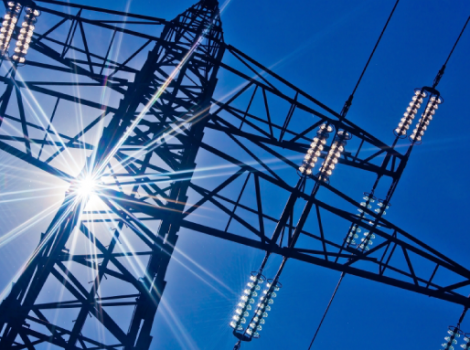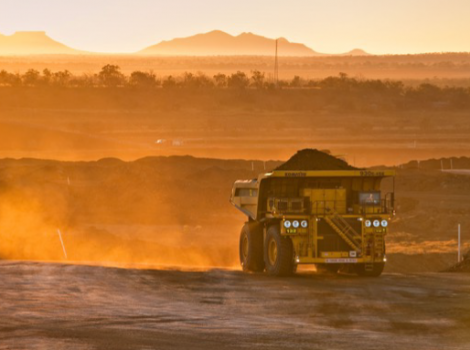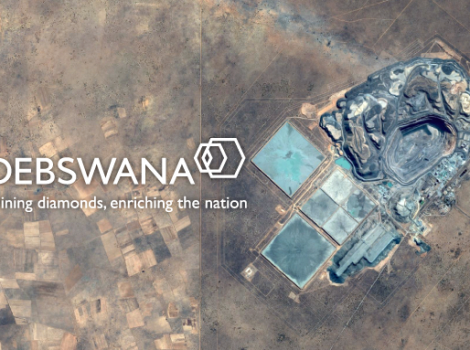
Is the current round of drilling at the Kalahari Suture Zone likely to be the most significant ever undertaken by Kavango Resources PLC (LSE:KAV, OTC:KVGOF)? Certainly it’s deep, with the initial target not likely to be encountered until depths of 520 metres or so.
How thick the target zone will actual turn out to be remains an open question, but at this stage the drilling is slated to go to at least 650 metres. That should give Kavango plenty of room to play with if the conductor that’s showing up on all of the company’s scientific surveys actually turns out to be mineralised in this hole. How much of a win that would be for Kavango can’t be understated.
So is it significant? Yes.
It might go a long way towards proving the long-held belief that the Kalahari Suture Zone project hosts a mineralised structure akin to the giant and hugely rich Norilsk structure in Russia. Norilsk is famous for nickel, platinum, palladium and copper. Any of those metals would be welcome here, but nickel or copper would probably be favourite. Will it be a sulphide zone? – that’s the tantalising prospect. Time-domain electromagnetic surveys recorded unusually high readings of 8,200 Seimens from the conductor that the drillbit is now seeking out, so there are certainly grounds for optimism.
But for all the work that’s already been done – and the knowledge base stretches back more than thirty years on the Kalahari Suture Zone – there’s still a great deal that we don’t know.
Is the Norilsk model really the right one?
Or could it be that some other types of immense mineralising forces were at work all those millions of years ago beneath the Kalahari sands in Botswana. Kavango is now using the services of consulting geologist Jeremy Brett, a man who’s been writing papers on the Kalahari Suture Zone since the early 2000s, and now that he’s got all the newly generated data available to combine with his decades of experience, it’s possible that new models may emerge.
And that’s why the current drilling may turn out to be the most significant ever for Kavango – it either goes towards confirming the Norilsk-style hypothesis, or it goes towards the development of a new hypothesis, or it goes towards the development of some form of combination of old and new. Whisper it softly in the corridor’s of Kavango’s offices in Farnborough, but might there be an iron oxide copper gold deposit lying beneath the currently targeted zone. The way the model is currently working, there are some grounds for such a speculation.
On the other hand the implications are so huge it’s almost inconceivable, so breathless Kavango investors will just have to take things one step at a time. The current round of drilling got underway toward the end of November, with the geospeak referring to current target as lying in a ‘Karoo-aged system’ and the hypothetical deeper target in a ‘Proterozoic system.’
It may be a good while yet before we know how it all hangs together. But what is certain is that it won’t be too long now before hard rock drilled out of the ground by Kavango gets cut and shipped off to laboratories for detailed assay.
What those assays show will be the ultimate arbiter of how significant the current drilling really is. But if that core shows what the company is hoping it will show, then hold on to your hats.



